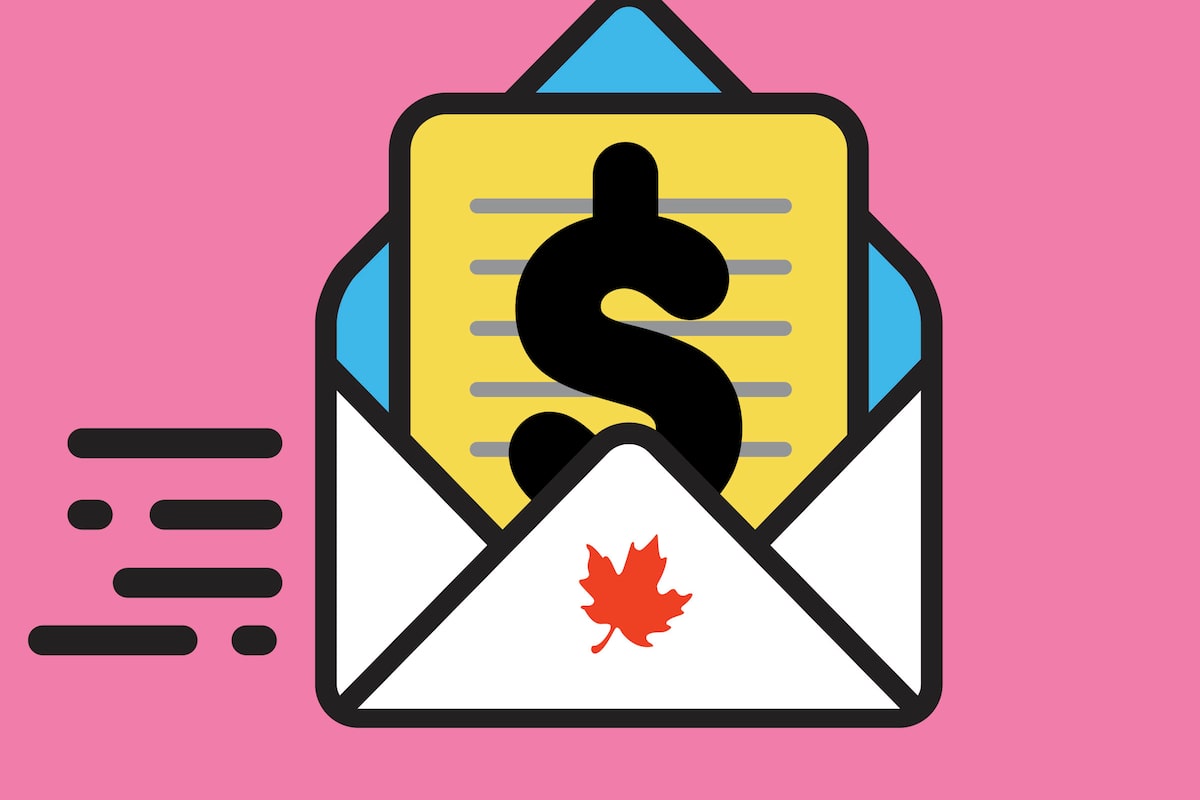Is a million dollars enough for the two of us, both in our mid-50s, to retire on if we maintain our current lifestyle and work until we are 65? Our household income is currently $150,000. Is there a percentage of income you recommend as an annual savings goal until we reach that retirement age?
We asked Angela Fennelow, a CFP® and financial planner at Sun Life and CEO of Fennelow Financial Solutions, to answer this one.
One million dollars invested to have a balance of growth and income in retirement is likely enough to provide a comfortable monthly income for retirement beginning at age 65, Ms. Fennelow said. The more you have saved, she added, the more choice and flexibility you will have when you begin to draw from your investments for income.
“Based on your current situation, try to save as much as you can in the most tax-efficient way now and for the future. RRSP contributions save you taxes now, and you then pay taxes later when withdrawn. Invest after-tax money into TFSAs now and that grows tax-free, and income drawn later is also tax-free.”
Ms. Fennelow noted that there are benefits to doing both, and a balanced approach can work well.
Should recently widowed Curtis, 55, draw from RRSPs before tapping into taxable investments?
Old Age Security and Canada Pension Plan benefits also provide monthly income for life. It is important to know how much you will receive from each, she said, and using tools such as The Globe’s tools and retirement calculator can help. “And it is different for each individual based on multiple factors. It may make sense to start receiving OAS and CPP benefits later, as you will receive higher payments,” she added.
Ms. Fennelow also advised that having health and life insurance in place will provide financial security, protect your savings and keep your retirement income plan on track in unforeseeable circumstances.
As for the question of a percentage of annual savings goals, she said: “After the family budget expenses are paid each month, I ask clients how much is the most they can save with what is left and what do they want to set aside in short-term savings for vacations, hobbies and entertainment.” Ten per cent may be a good enough start at the beginning of your career, she said, but as you get closer to retirement, amping it up to 25 to 30 per cent may help you reach your goals faster.
Ms. Fennelow also recommended using this Sun Life chart on investment journeys because it visualizes the life cycle of accumulating wealth and drawing income from that wealth over time.
“Once you have your desired retirement income determined, you can take a closer look at your current situation with your adviser to see where you are in relation to your income goal and if you need to save more.”
If it is affordable to keep saving between now and your last day of work, consider amping up and using your tax-free savings account to increase this source of tax-free income in retirement. The more you have available in retirement, the more flexibility you have.
Do you want advice on a financial planning or retirement issue that’s affecting you? Send us an e-mail.

